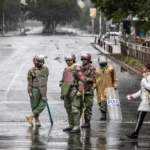In a move that has stunned both the media industry and human rights defenders, the Communications Authority of Kenya (CAK) has issued a directive ordering all television and radio stations to immediately halt live coverage of the ongoing June 25 anniversary protests, marking one year since dozens of Gen Z demonstrators were killed while protesting the 2024 Finance Bill.
The sudden order has triggered national and global outrage, with critics pointing to one chilling possibility behind the censorship: the potential use of live bullets by state security forces away from the scrutiny of cameras.
Dated June 25, 2025, under reference CA/CE/BC/TV 90A, the directive states:
“The live coverage of the June 25th, 2025 demonstrations are contrary to Articles 33(2) and 34(1) of the Constitution of Kenya and Section 46I of the Kenya Information and Communications Act, 1998.”
📰 Also Read This:
“Failure to abide by this directive will result in regulatory action as stipulated in the Kenya Information and Communications Act.”
This message, addressed to all television and radio stations, has effectively imposed a media blackout on a national protest that has already seen live bullets, teargas, and water cannons deployed in the streets of Nairobi, Kisii, Thika, Mombasa, Malindi, and Nakuru.
While the Communications Authority cites legal clauses, journalists, activists, and Kenyans online say the real motive is far more sinister: to enable police to use excessive force, including live ammunition, away from public view.
One vocal critic, @ejnyamogo, tweeted:
“Ordering Media to STOP live coverage confirms that the government wants to start using live bullets on peaceful protestors and THAT we CONDEMN. This is a THREAT to #PressFreedom that no media house should comply with.”
Others, like @mikalo_m, added:
“They can’t shut down social media. The media houses should protest & go against this order!”
This crackdown on the press comes on a day when the protests have already drawn international attention. Earlier today:
Police lobbed teargas in multiple locations including Kenyatta Avenue and the Supreme Court. Police also fired teargas at crowds at the intersection of Kenyatta Avenue and Kimathi Street, and near Central Police Station along University Way.
Protesters were reportedly shot and rushed to Kenyatta National Hospital. Some protesters have reportedly been shot during the ongoing demonstrations. They were rushed to Kenyatta National Hospital for emergency treatment. So far, there are no confirmed fatalities reported nationwide.
A police officer was seriously injured during clashes in the CBD. A police officer has been seriously injured during scuffles with protesters in the Nairobi CBD. He was quickly rushed to Kenyatta National Hospital for treatment. The situation remains volatile.
Former Chief Justice David Maraga, activist Hussein Khalid, and MP Babu Owino were spotted among the demonstrators.
Protesters overran the Thika Superhighway, forcing police to retreat.
In Parliament, debate was suspended due to lack of quorum as leaders failed to show up amidst the chaos.
The blackout order appears timed to suppress visibility just as the protest movement surges nationwide, and public anger reaches a boiling point.
While CAK cites the Kenya Information and Communications Act, 1998, and constitutional provisions, media lawyers argue that the directive is not only vague but potentially unconstitutional, as it directly undermines Articles 33 and 34, which protect freedom of expression and media independence.
The timing and tone of the order suggest it is less about legal compliance and more about political damage control.
As mainstream broadcasters fall silent, social media is flooding with real-time videos and updates. Kenyans are relying on X (formerly Twitter), TikTok, Facebook, and WhatsApp to document what’s unfolding across the country.
The hashtag #LiveBullets is gaining momentum, as citizens call out the government’s attempt to silence the truth.
So far, no major media house has officially responded to the order. But pressure is mounting from both inside and outside Kenya. Advocacy groups including @hrw, @AmnestyKenya, and @PressFree are already rallying in support of press freedom.
The coming hours will test whether Kenya’s media will bow to intimidation or uphold its duty to inform the public, especially when live bullets are being used against unarmed youth.
The Communications Authority’s order may appear procedural, but its implications are deeply political. In a democracy, you don’t hide protests, you report them. And you certainly don’t ban the media while live bullets are being fired.
This isn’t just a media issue. It’s a national emergency and a human rights crisis unfolding in real time ironically, just as the cameras are being turned off.
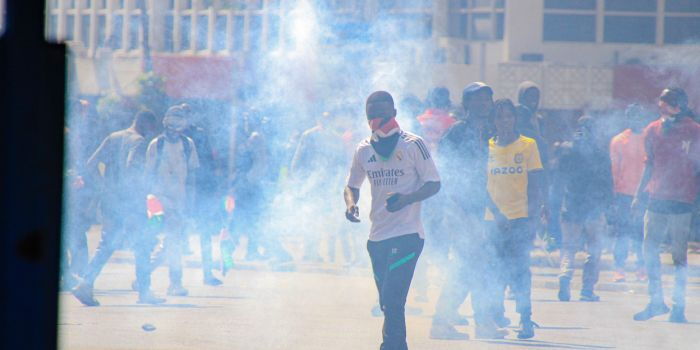
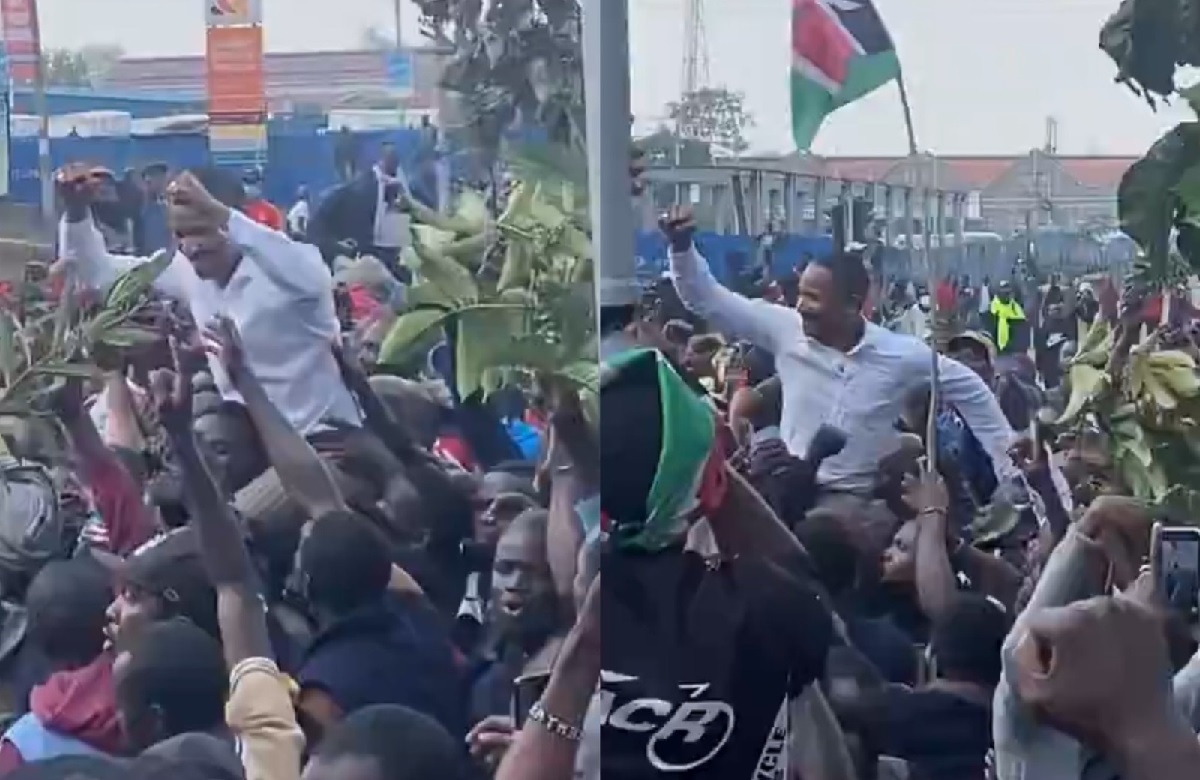
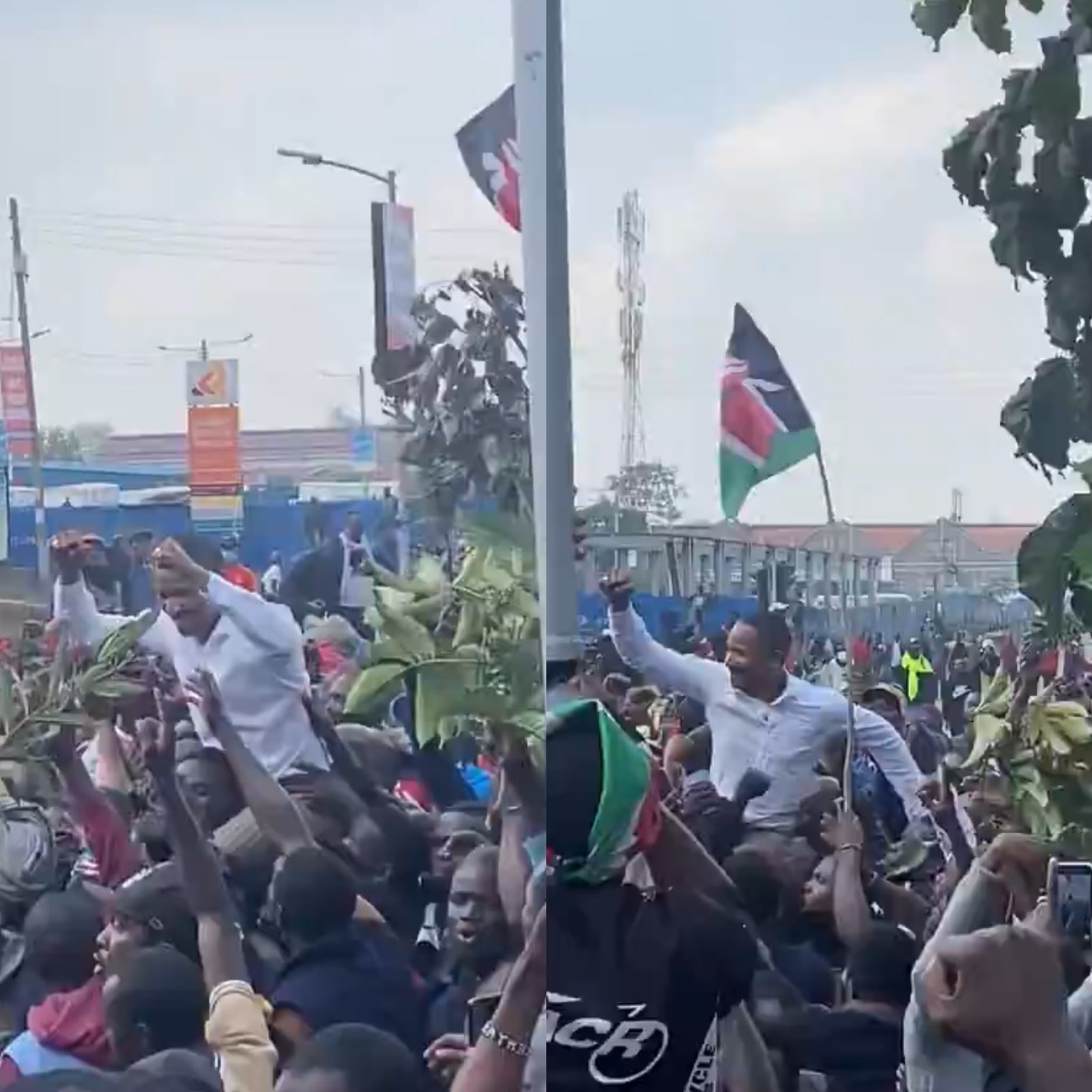
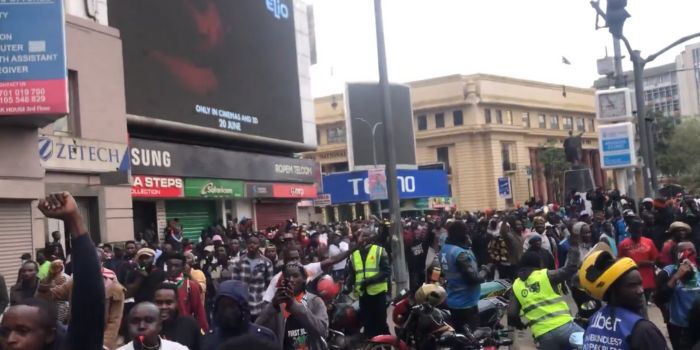
🔴 LIVE UPDATES: Nairobi Erupts in Protest to Honour Fallen Gen Zs : June 25, 2025. Video
Kenya Media Regulator Bans Live Coverage of June 25 Protests, Citing Constitutional Breach




